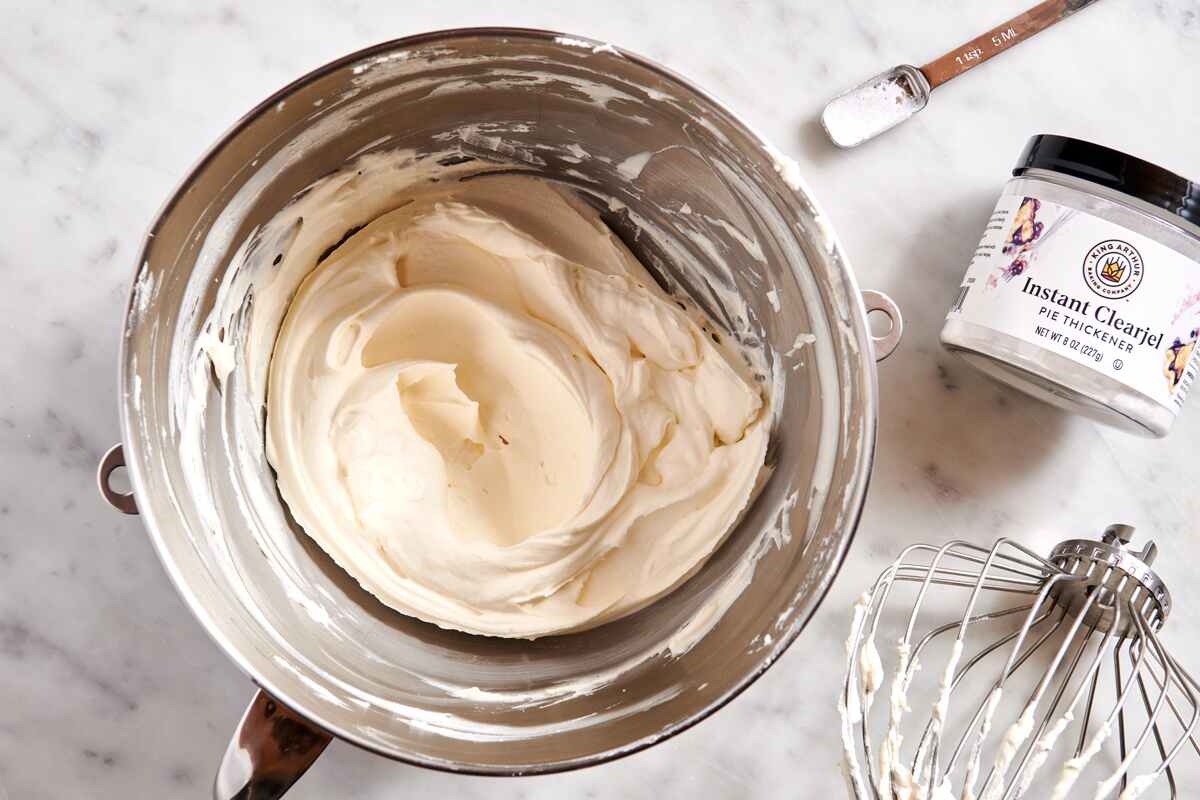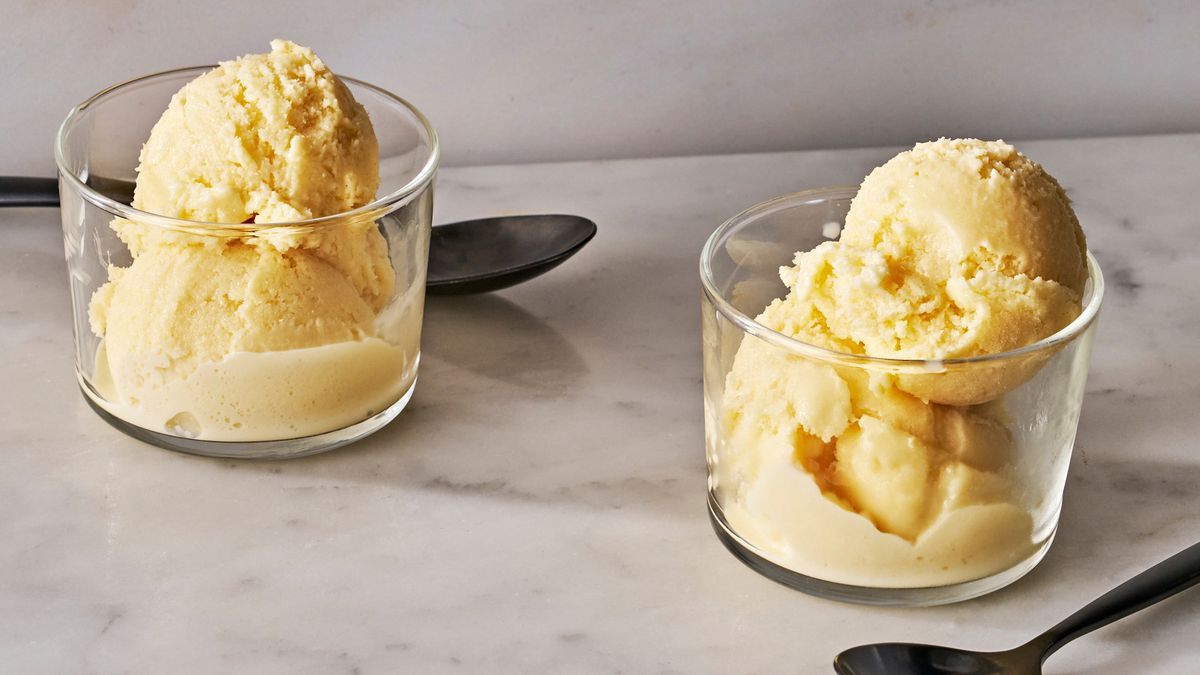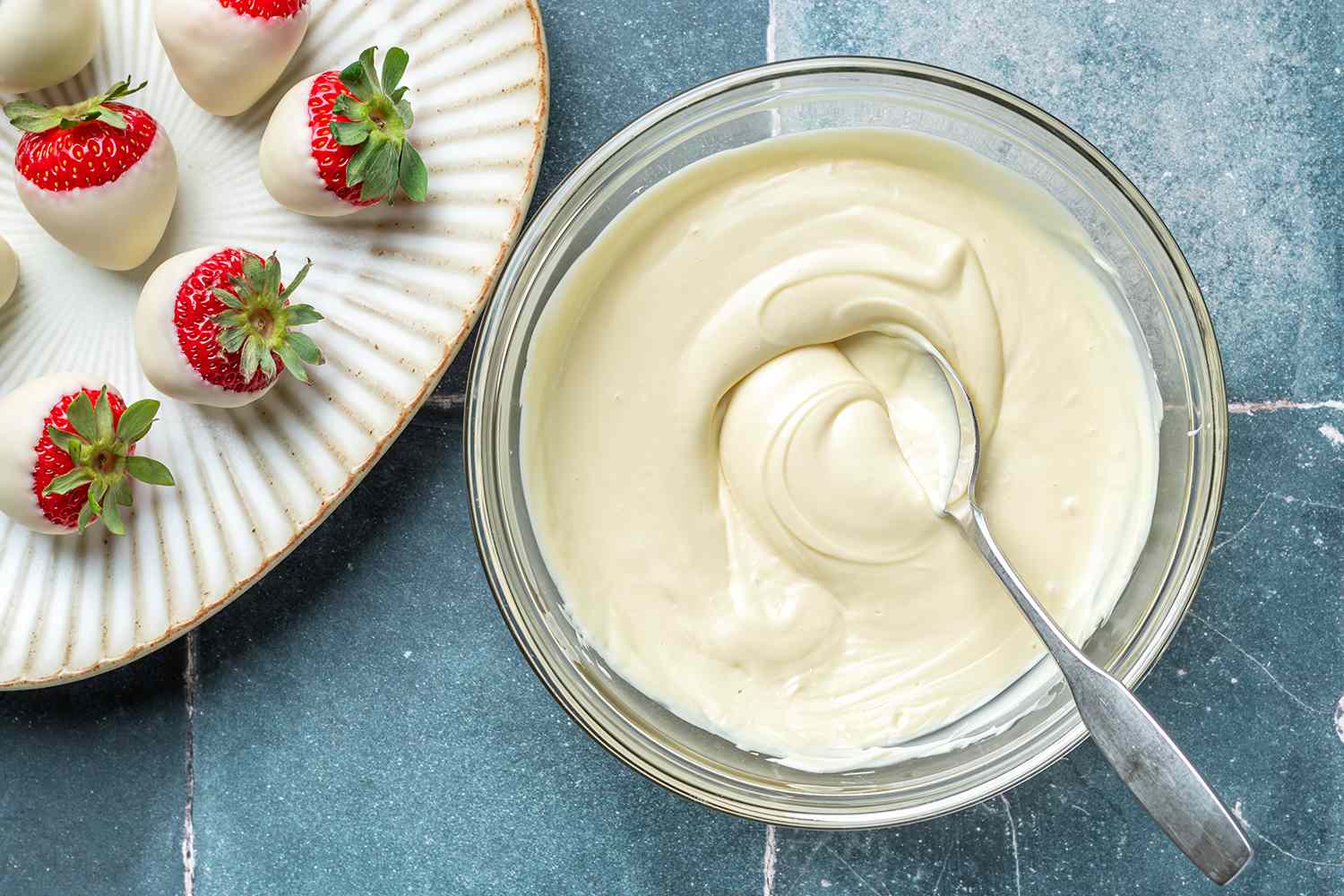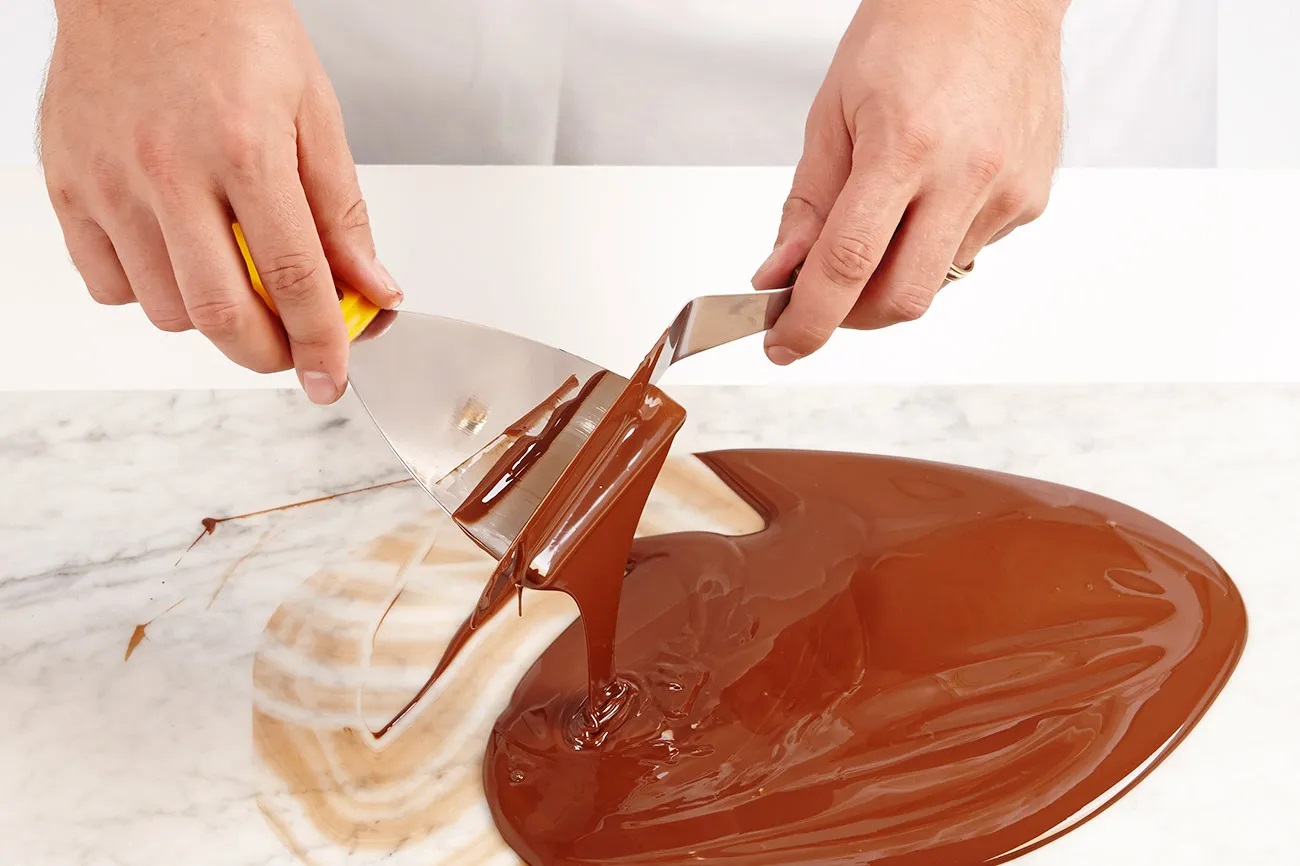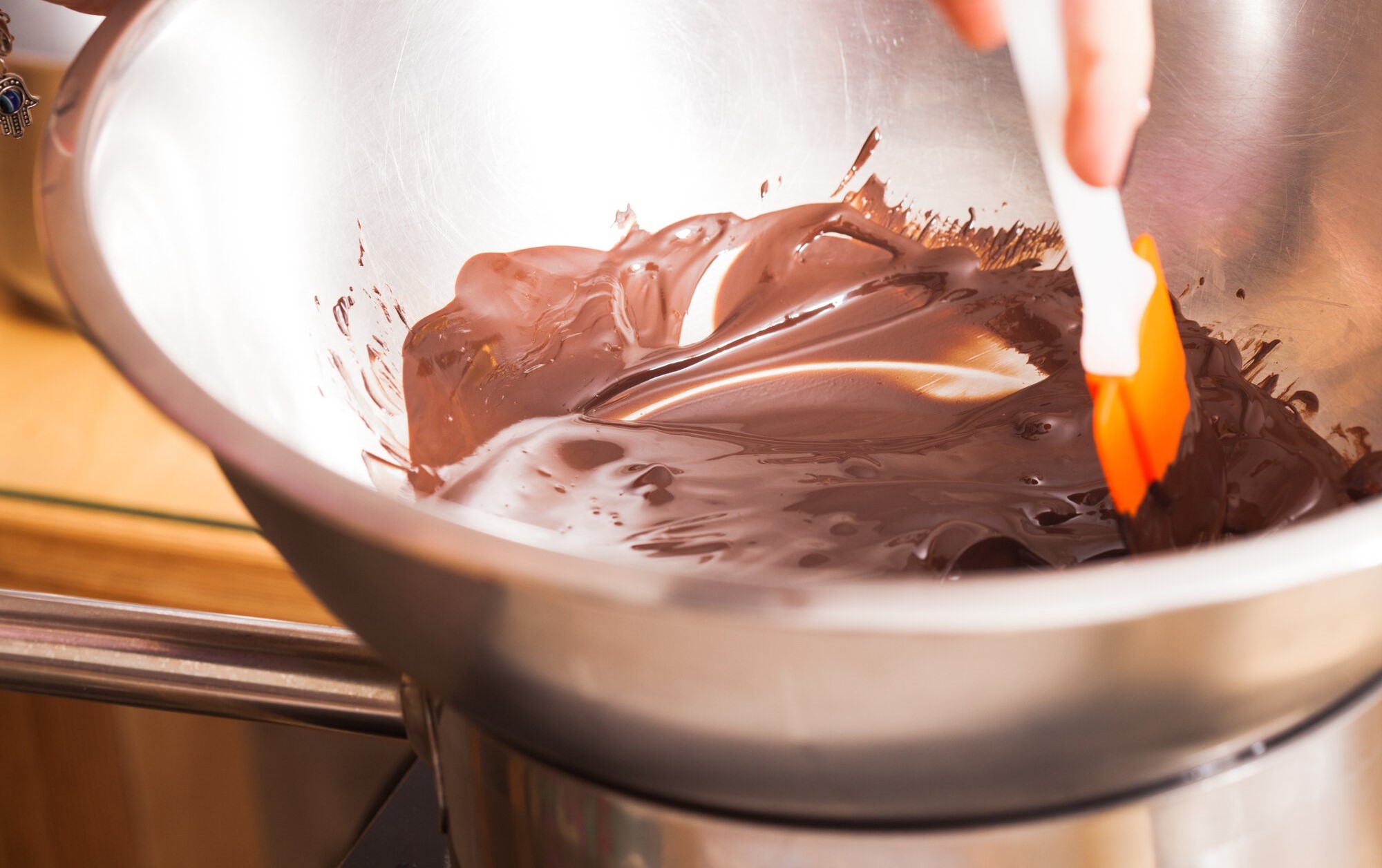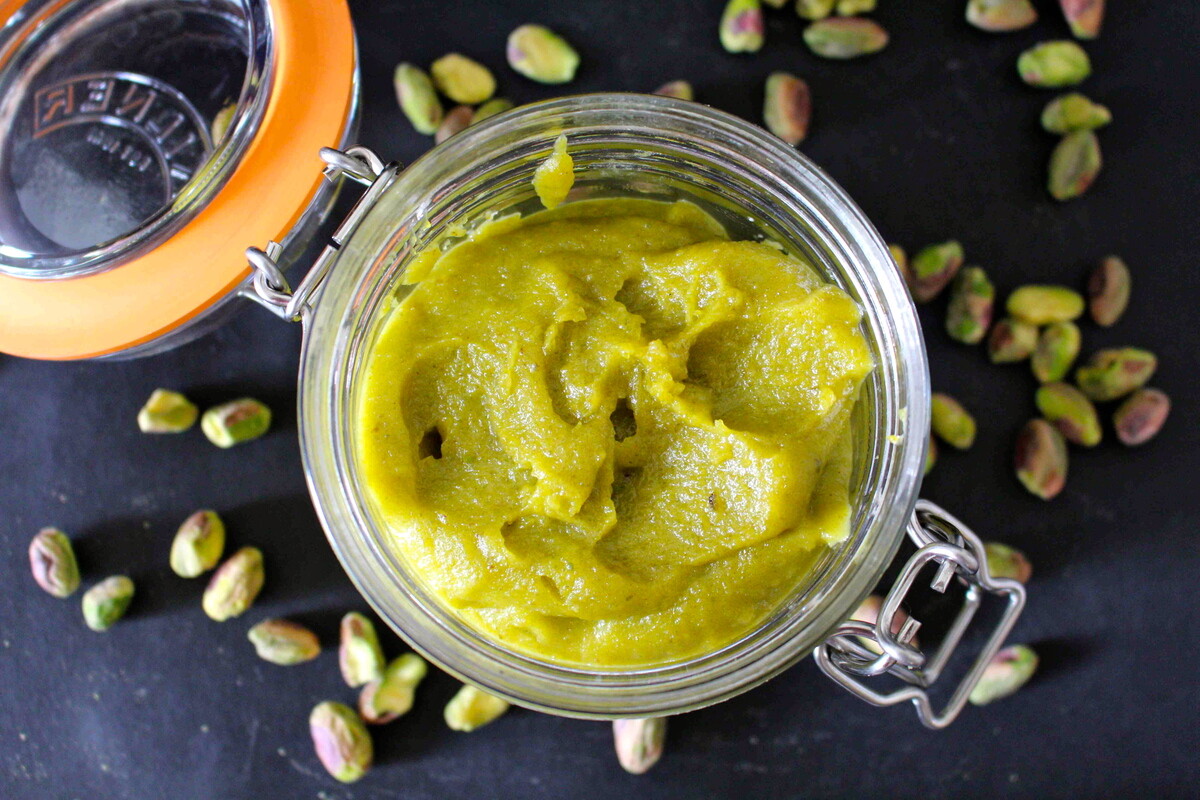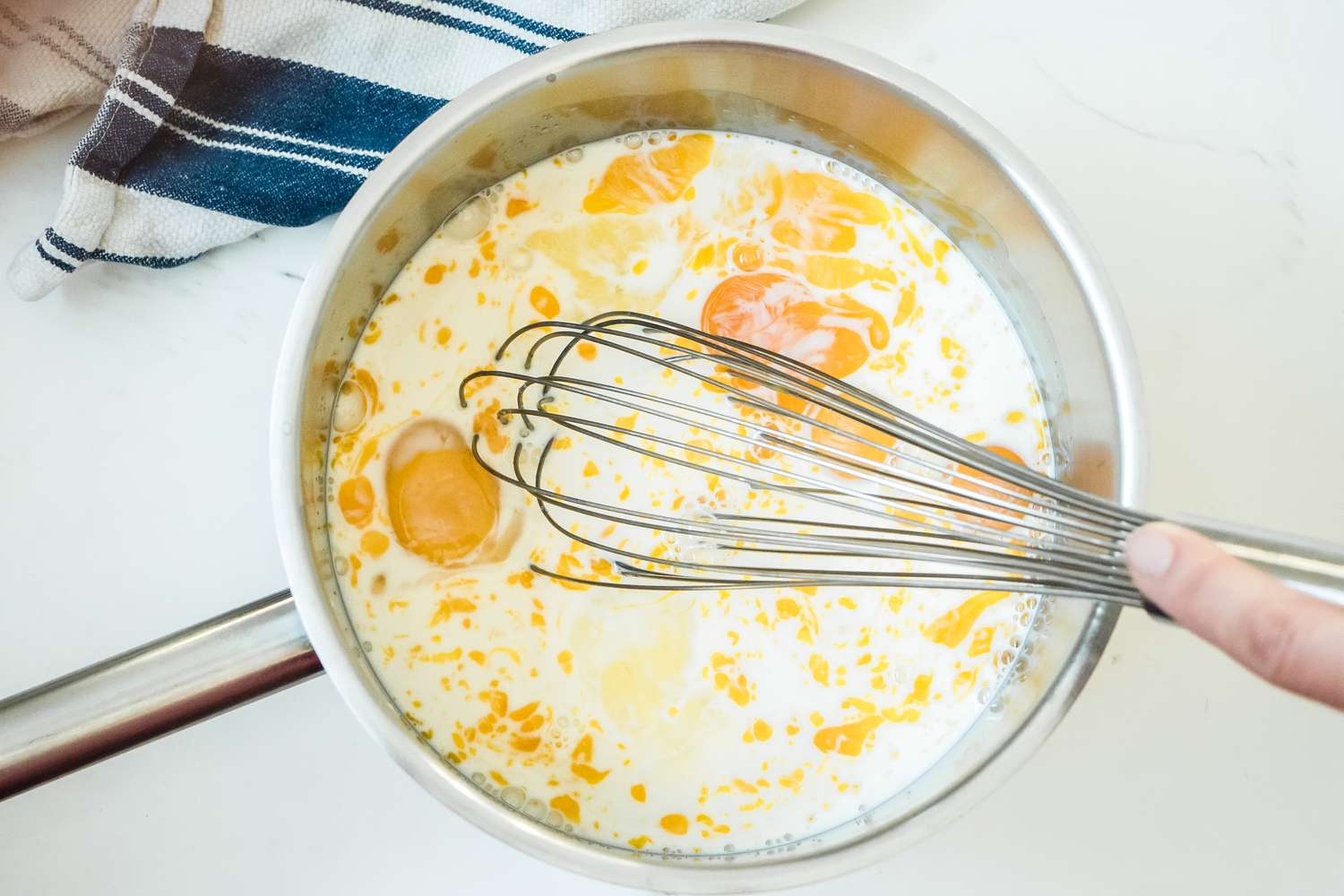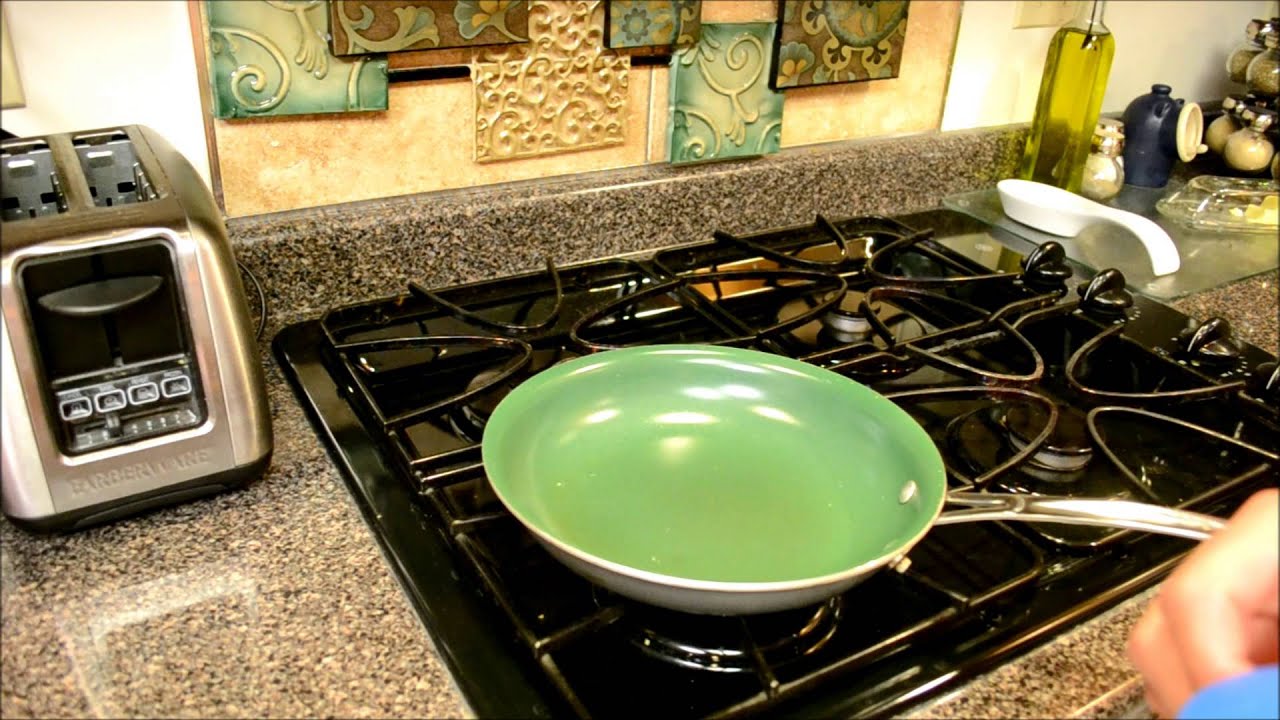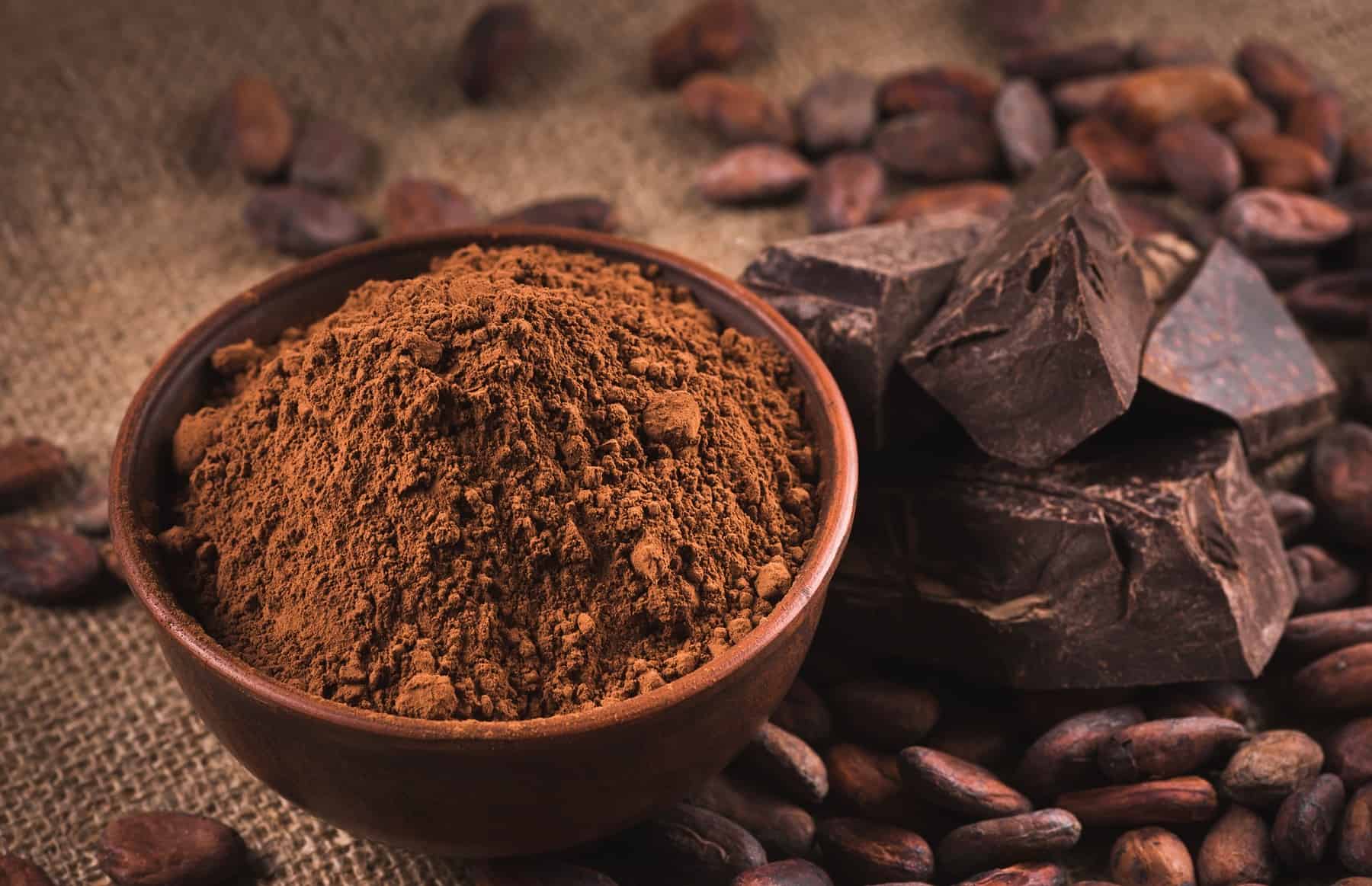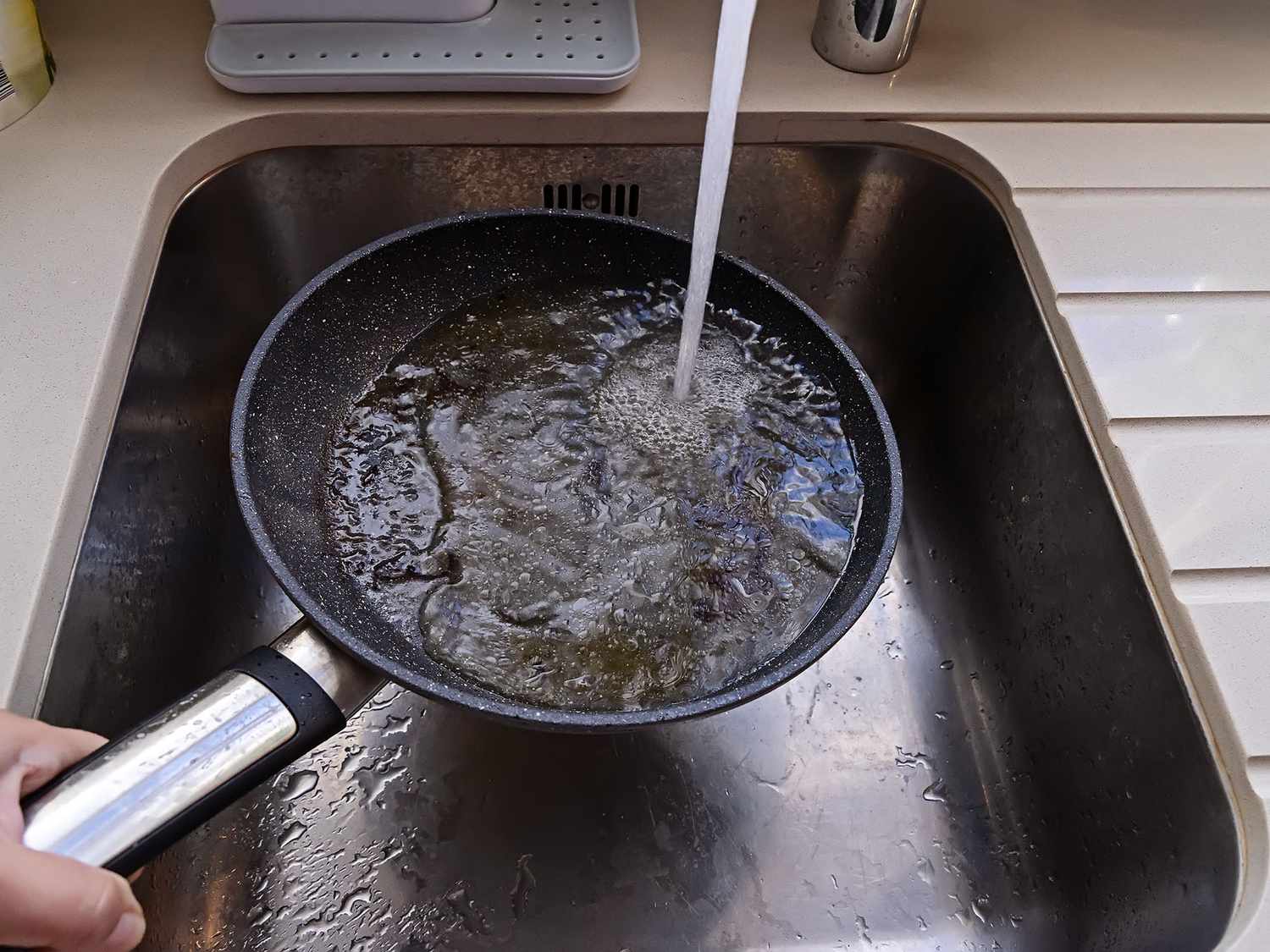What is Ice Tempering?
Ice tempering is a process used to stabilize the temperature of ice, making it suitable for a variety of culinary uses. Whether you’re making a refreshing cocktail or creating a stunning ice sculpture, tempering ice is an essential skill for any aspiring chef or mixologist.
Why Temper Ice?
Tempering ice is important because it ensures that the ice will melt at a consistent rate, preventing dilution and maintaining the integrity of your drink or dish. When ice is not properly tempered, it can melt too quickly, watering down your beverage or causing your food to become soggy.
Steps to Temper Ice
Tempering ice may sound complicated, but it’s actually quite simple. Here’s a step-by-step guide to tempering ice like a pro:
- Start with Quality Water: The first step in tempering ice is to use quality water. Fill a clean ice tray with filtered water to ensure that your ice is free from impurities and off-flavors.
- Freeze the Ice: Place the filled ice tray in the freezer and allow the water to freeze completely. This usually takes a few hours, depending on the temperature of your freezer.
- Remove the Ice: Once the ice is fully frozen, carefully remove the ice cubes from the tray and transfer them to a clean, insulated container.
- Let the Ice Sit: Allow the ice to sit at room temperature for a few minutes to begin the tempering process. This will help the ice reach a temperature that is suitable for use in drinks and dishes.
- Use as Needed: Once the ice has tempered, it is ready to be used in your favorite beverages or culinary creations.
Tips for Tempering Ice
While the basic steps for tempering ice are straightforward, there are a few additional tips to keep in mind to ensure the best results:
- Use Insulated Containers: When tempering ice, it’s important to use insulated containers to help regulate the temperature of the ice.
- Avoid Rapid Temperature Changes: To prevent the ice from melting too quickly, avoid exposing it to rapid temperature changes. Keep it in a cool, stable environment until you are ready to use it.
- Consider the Size of the Ice: The size of the ice cubes can impact how quickly they temper. Smaller cubes may temper more quickly than larger ones, so keep this in mind when planning your timing.
Conclusion
Tempering ice is a simple yet important skill for anyone working in the culinary or mixology world. By following these steps and tips, you can ensure that your ice is perfectly tempered for use in a wide range of applications. Whether you’re crafting the perfect cocktail or preparing a stunning ice display, properly tempered ice will elevate your creations to the next level.
